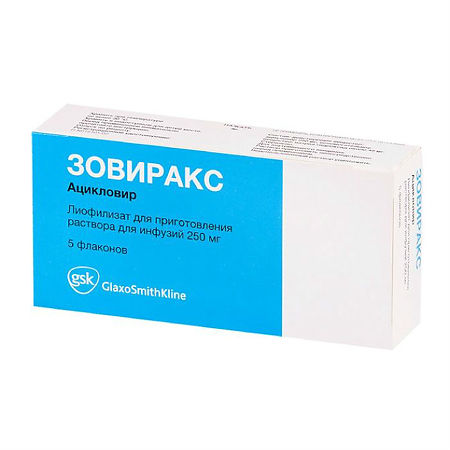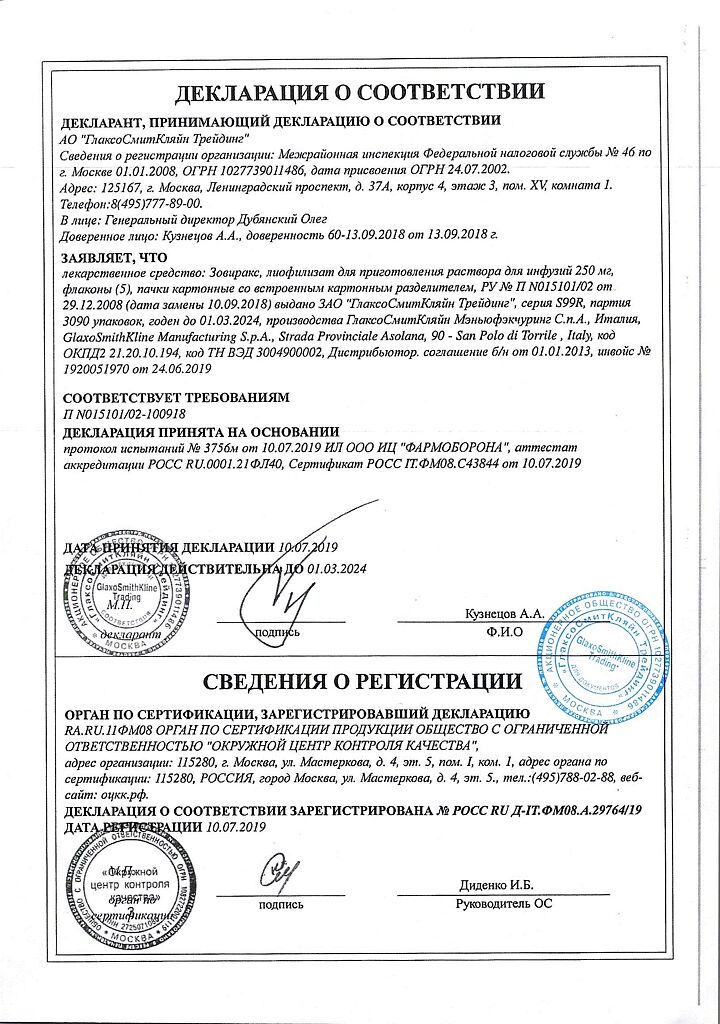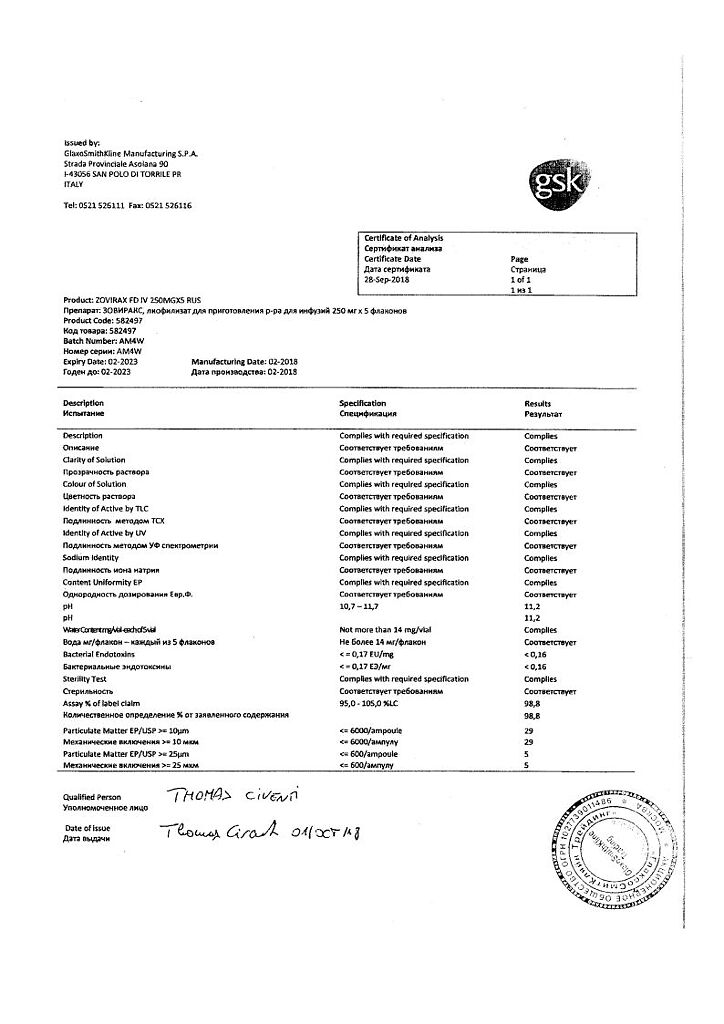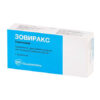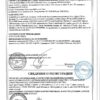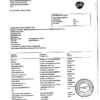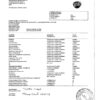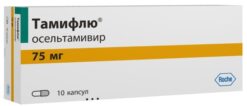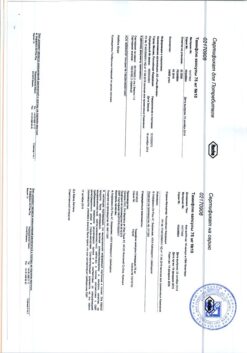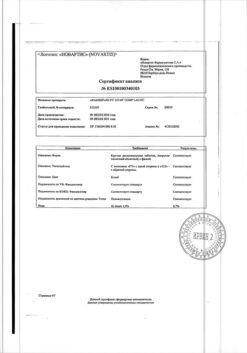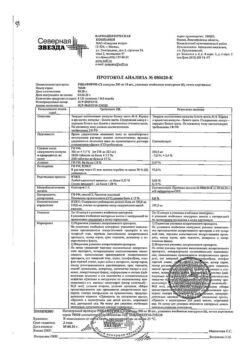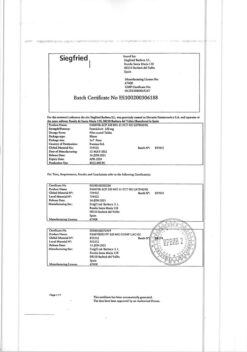No products in the cart.
Description
Pharmaceutical group:
an antiviral agent.
Pharmic action:
Zovirax is an antiviral drug, a synthetic analog of the purine nucleoside, which has the ability to inhibit in vitro and in vivo replication of Herpes simplex virus types 1 and 2, Varicella zoster virus, Epstein-Barr virus (EBV) and cytomegalovirus (CMV). In cell culture acyclovir has the most expressed antiviral activity against Herpes simplex type 1, followed in descending order of activity by Herpes simplex type 2, Varicella zoster, EBV and CMV.
The action of acyclovir on viruses is highly selective. Acyclovir is not a substrate for thymidine kinase enzyme of uninfected cells, so it is low toxic to mammalian cells. Thymidine kinase of cells infected with Herpes simplex virus types 1 and 2, Varicella zoster, EBV and CMV converts acyclovir to acyclovir monophosphate, a nucleoside analog, which is then sequentially converted to diphosphate and triphosphate by cellular enzymes. Incorporation of acyclovir triphosphate into the chain of viral DNA and subsequent breaking of the chain blocks further replication of viral DNA.
In patients with severe immunodeficiency, prolonged or repeated courses of acyclovir therapy can lead to the formation of resistant strains, and therefore further treatment with acyclovir may not be effective. Most of the acyclovir-resistant strains isolated had relatively low levels of viral thymidine kinase, disruption of viral thymidine kinase or DNA polymerase.
Exposure of acyclovir to Herpes simplex virus strains in vitro can also lead to the formation of less sensitive strains. No correlation has been established between the sensitivity of Herpes simplex virus strains to acyclovir in vitro and the clinical efficacy of the drug.
Injection of Zovirax in high doses has been shown to reduce the incidence and delay the development of cytomegalovirus infection. If such infusion therapy is followed by high-dose oral acyclovir treatment for 6 months, mortality and the incidence of viraemia are reduced.
Pharmacokinetics:
Distribution
In adults, the mean Cmax of acyclovir is 1 h after infusion at a dose of 2.5 mg/kg, 5 mg/kg, 10 mg/kg, and 15 mg/kg were 22.7 µmol (5.1 µg/ml), 43.6 µmol (9.8 µg/ml), 92 µmol (20.7 µg/ml), and 105 µmol (23.6 µg/ml), respectively. The Cmin of the drug in plasma 7 h after infusion was 2.2 µmol (0.5 µg/ml), 3.1 µmol (0.7 µg/ml), 10.2 µmol (2.3 µg/ml) and 8.8 µmol (2.0 µg/ml), respectively.
The concentration of acyclovir in the cerebrospinal fluid is approximately 50% of its plasma concentration.
Aciclovir is slightly bound to plasma proteins (9-33%).
In adults after intravenous administration of acyclovir the t1/2 from plasma is about 2.9 h. Most of the drug is excreted unchanged by kidneys. Renal clearance of acyclovir significantly exceeds creatinine clearance, indicating that acyclovir is eliminated not only by glomerular filtration but also by tubular secretion. The main metabolite of acyclovir is 9-carboxymethoxy-methylguanine, which accounts for about 10-15% of the administered dose of the drug in the urine.
When acyclovir was administered 1 h after administration of 1 g of probenecid, the T1/2 of acyclovir and AUC increased by 18 and 40%, respectively.
Pharmacokinetics in special clinical cases
In children over 1 year of age, Cmax and Cmin values consistent with those in adults were observed when Zovirax was administered at a dose of 250 mg/m2 instead of 5 mg/kg (adult dose) and at a dose of 500 mg/m2 instead of 10 mg/kg (adult dose).
In infants (0 to 3 months) who received acyclovir as an infusion of more than 1 h every 8 h, the Cmax was 61.2 μmol (13.8 μg/mL), the Cmin was 10.1 μmol (2.3 μg/mL), and the T1/2 was 3.8 h.
In the elderly, acyclovir clearance decreases with age in parallel with a decrease in creatinine clearance, but the T1/2 of acyclovir changes only slightly.
In patients with chronic renal impairment, the T1/2 of acyclovir averaged 19.5 h, and with hemodialysis the T1/2 averaged 5.7 h, the plasma concentration of acyclovir decreased by approximately 60%.
Indications
Indications
Prevention of infections caused by herpes simplex virus in patients with immunodeficiency
Treatment of infections caused by herpes simplex virus
Treatment of varicella zoster virus infections and herpes zoster
Treatment of herpes simplex virus infections in newborns
Prevention of CMV infections in bone marrow transplant recipients.
High doses of intravenous Zovirax have been shown to reduce the incidence and delay the progression of CMV infection. If, after infusion therapy with Zovirax in a high dose, treatment with Zovirax for oral administration in a high dose is carried out for 6 months, then mortality and the incidence of viremia are reduced.
Pharmacological effect
Pharmacological effect
Pharmaceutical group:
antiviral agent.
Pharmaceutical action:
Zovirax is an antiviral drug, a synthetic analogue of purine nucleoside, which has the ability to inhibit in vitro and in vivo replication of Herpes simplex viruses type 1 and 2, Varicella zoster virus, Epstein-Barr virus (EBV) and cytomegalovirus (CMV). In cell culture, acyclovir has the most pronounced antiviral activity against Herpes simplex type 1, followed in descending order of activity by: Herpes simplex type 2, Varicella zoster, EBV and CMV.
The effect of acyclovir on viruses is highly selective. Acyclovir is not a substrate for the thymidine kinase enzyme in uninfected cells, so it has low toxicity to mammalian cells. Thymidine kinase of cells infected with Herpes simplex viruses type 1 and 2, Varicella zoster, EBV and CMV converts acyclovir into acyclovir monophosphate, a nucleoside analogue, which is then sequentially converted into diphosphate and triphosphate under the action of cellular enzymes. The incorporation of acyclovir triphosphate into the viral DNA chain and subsequent chain termination blocks further replication of the viral DNA.
In patients with severe immunodeficiency, long-term or repeated courses of acyclovir therapy may lead to the formation of resistant strains, and therefore further treatment with acyclovir may be ineffective. The majority of isolated strains with reduced sensitivity to acyclovir had a relatively low content of viral thymidine kinase and a disorder in the structure of viral thymidine kinase or DNA polymerase.
The effect of acyclovir on strains of the Herpes simplex virus in vitro can also lead to the formation of strains less sensitive to it. A correlation has not been established between the sensitivity of Herpes simplex virus strains to acyclovir in vitro and the clinical effectiveness of the drug.
It has been shown that intravenous administration of Zovirax in high doses reduces the incidence and delays the development of cytomegalovirus infection. If, after such infusion therapy, treatment is carried out with acyclovir for oral administration in high doses for 6 months, then mortality and the incidence of viremia are reduced.
Pharmacokinetics:
Distribution
In adults, the average Cmax of acyclovir 1 hour after infusion at doses of 2.5 mg/kg, 5 mg/kg, 10 mg/kg and 15 mg/kg were 22.7 µmol (5.1 µg/ml), 43.6 µmol (9.8 µg/ml), 92 µmol (20.7 µg/ml) and 105 µmol (23.6 µg/ml) respectively. Cmin of the drug in plasma 7 hours after infusion was respectively 2.2 µmol (0.5 µg/ml), 3.1 µmol (0.7 µg/ml), 10.2 µmol (2.3 µg/ml) and 8.8 µmol (2.0 µg/ml).
The concentration of acyclovir in the cerebrospinal fluid is approximately 50% of its plasma concentration.
Acyclovir is slightly bound to plasma proteins (9-33%).
Removal
In adults, after intravenous administration of acyclovir, T1/2 from plasma is about 2.9 hours. Most of the drug is excreted unchanged by the kidneys. The renal clearance of acyclovir significantly exceeds the clearance of creatinine, which indicates that acyclovir is eliminated through not only glomerular filtration, but also tubular secretion. The main metabolite of acyclovir is 9-carboxymethoxy-methylguanine, which accounts for about 10-15% of the administered dose of the drug in the urine.
When acyclovir was administered 1 hour after taking 1 g probenecid, acyclovir T1/2 and AUC increased by 18 and 40%, respectively.
Pharmacokinetics in special clinical situations
In children over 1 year of age, Cmax and Cmin values corresponding to those in adults were observed when Zovirax was administered at a dose of 250 mg/m2 instead of 5 mg/kg (dose for adults) and at a dose of 500 mg/m2 instead of 10 mg/kg (dose for adults).
In newborns (0 to 3 months) who received acyclovir as an infusion lasting more than 1 hour every 8 hours, Cmax was 61.2 µmol (13.8 µg/ml), Cmin was 10.1 µmol (2.3 µg/ml), and T1/2 was 3.8 hours.
In elderly people, the clearance of acyclovir decreases with age in parallel with a decrease in creatinine clearance, but the T1/2 of acyclovir changes slightly.
In patients with chronic renal failure, T1/2 of acyclovir averaged 19.5 hours, and during hemodialysis, T1/2 averaged 5.7 hours, the concentration of acyclovir in plasma decreased by approximately 60%.
Active ingredient
Active ingredient
Acyclovir
Composition
Composition
1 fl. contains acyclovir 250 mg.
Pregnancy
Pregnancy
An analysis of acyclovir treatment of women during pregnancy did not reveal an increase in the number of birth defects in their children compared to the general population.
However, caution should be exercised when prescribing Zovirax to women during pregnancy and assess the expected benefit to the mother and the possible risk to the fetus.
Contraindications
Contraindications
Zovirax is contraindicated in case of hypersensitivity to acyclovir or valacyclovir and during lactation.
Caution should be used in case of dehydration, renal failure, neurological disorders, during the development of reactions to cytotoxic drugs (when administered intravenously) and if there is a history of such reactions, during pregnancy.
Side Effects
Side Effects
Gastrointestinal tract: nausea, vomiting; when taken orally – diarrhea, abdominal pain.
Blood system: anemia, leukopenia and thrombocytopenia.
Hypersensitivity reactions and skin: rash, photosensitivity, urticaria, itching, fever; rarely – shortness of breath, angioedema, anaphylaxis; with intravenous administration – severe local inflammatory reactions leading to necrosis of the skin when Zovirax solution gets under the skin.
Kidneys: rarely – increased levels of urea and creatinine in the blood. This complication is believed to be related to plasma Cmax and the patient’s hydration status. To avoid such phenomena, instead of an IV bolus injection, a slow infusion over 1 hour should be prescribed. Patients should be maintained in fluid balance. Renal failure that develops during treatment with Zovirax for intravenous infusion usually resolves quickly when patients are rehydrated and/or the dose of the drug is reduced or discontinued. Progression to acute renal failure occurs in exceptional cases.
Liver: reversible increase in bilirubin levels and liver enzyme activity; with intravenous administration – hepatitis and jaundice (very rare).
CNS: when administered intravenously, reversible neurological deficits such as confusion, hallucinations, agitation, tremor, somnolence, psychosis, seizures and coma have commonly been observed in patients with predisposing conditions; when taken orally – headache; rarely – reversible neurological disorders.
Others: fatigue; rarely – rapid diffuse hair loss (no connection with taking acyclovir has been established).
Interaction
Interaction
No clinically significant interactions were observed with Zovirax.
Acyclovir is excreted unchanged into the urine by active tubular secretion. All drugs with a similar route of elimination may increase plasma concentrations of acyclovir. CCBs and cimetidine increase the AUC of acyclovir and reduce its renal clearance (no dose adjustment is required due to the wide range of therapeutic doses of acyclovir).
In patients receiving IV Zovirax, caution is required when coadministering drugs that compete for elimination due to the potential for increased plasma levels of one, both drugs, or their metabolites. The combined use of acyclovir and mycophenolate mofetil leads to an increase in the AUC for acyclovir and the inactive metabolite mycophenolate mofetil.
Caution should be used when combining intravenous administration of Zovirax (monitoring of renal function is necessary) with drugs that impair renal function (for example, cyclosporine, tacrolimus).
Overdose
Overdose
Symptoms: with intravenous administration – increased levels of serum creatinine, blood urea nitrogen, renal failure, neurological symptoms (confusion, hallucinations, agitation, convulsions and coma).
Treatment: hemodialysis significantly enhances the removal of acyclovir from the blood and may be the optimal treatment method for overdose.
Storage conditions
Storage conditions
At temperatures below 30 °C
Shelf life
Shelf life
5 years
Manufacturer
Manufacturer
GlaxoSmithKline Manufacturing S.p.A., Italy
Additional information
| Shelf life | 5 years |
|---|---|
| Conditions of storage | At temperatures below 30 °C |
| Manufacturer | GlaxoSmithKlein Manufacturing S.p.A., Italy |
| Medication form | lyophilizate |
| Brand | GlaxoSmithKlein Manufacturing S.p.A. |
Related products
Buy Zovirax, lyophilizate 250 mg 5 pcs with delivery to USA, UK, Europe and over 120 other countries.

